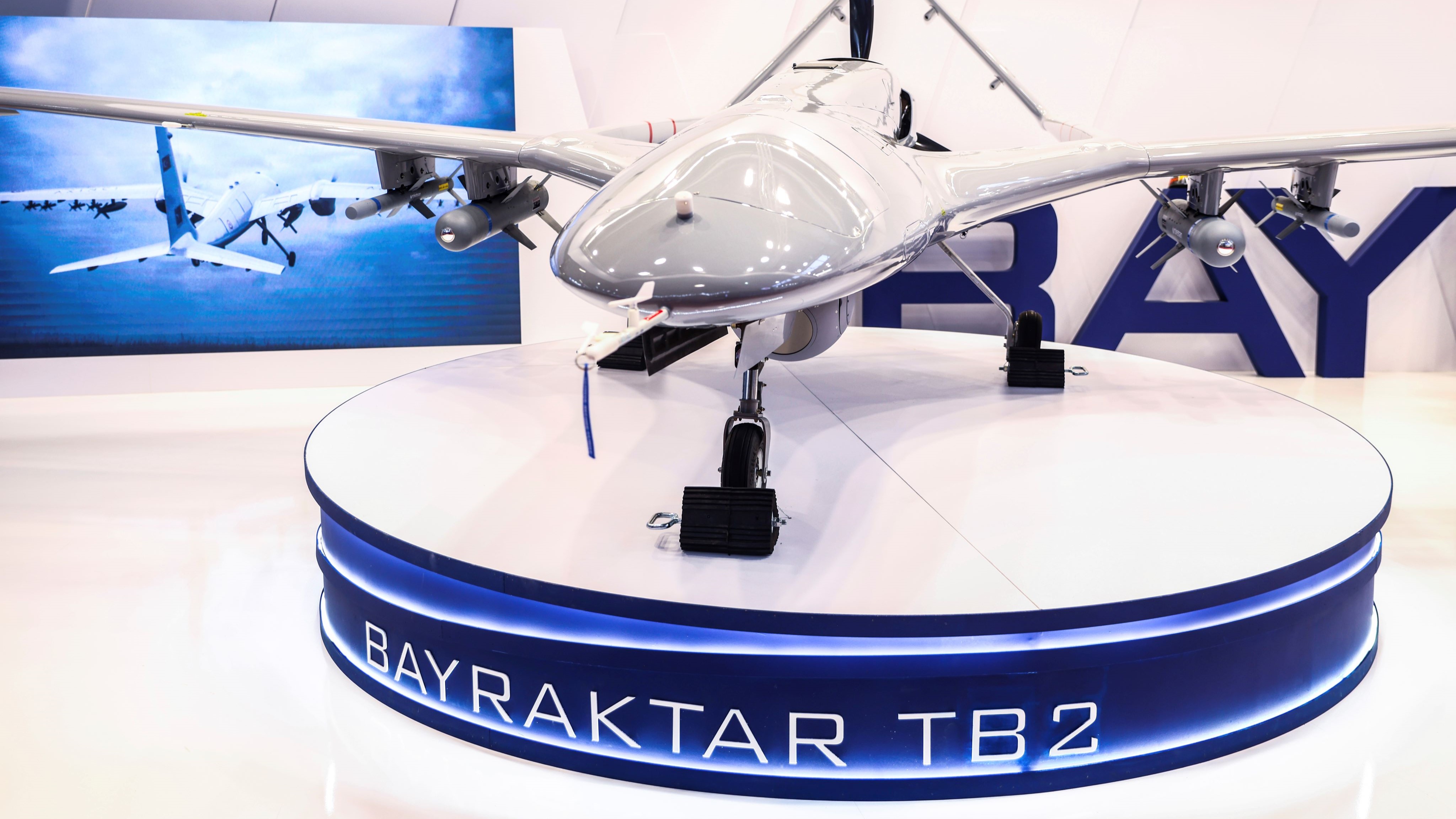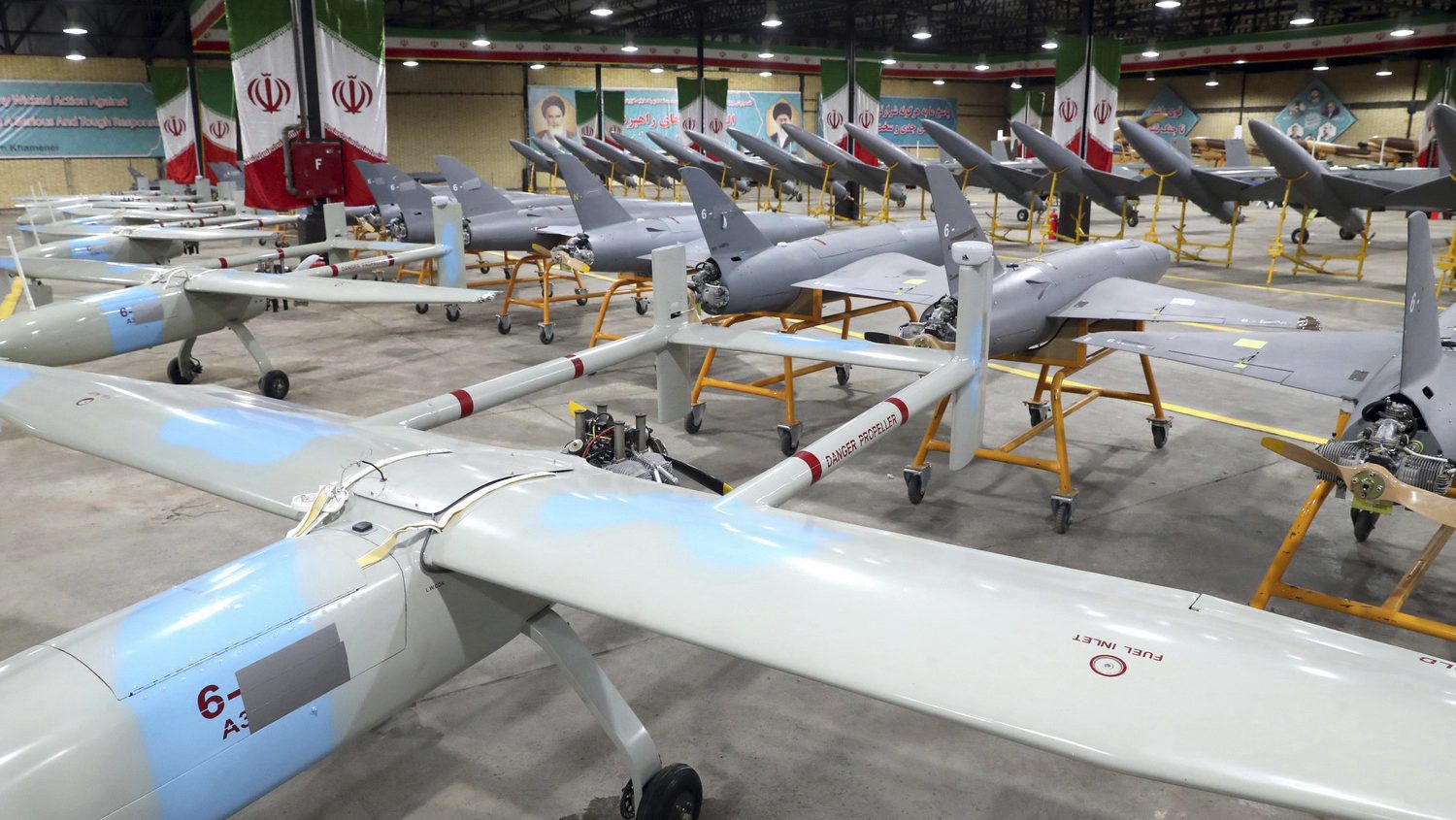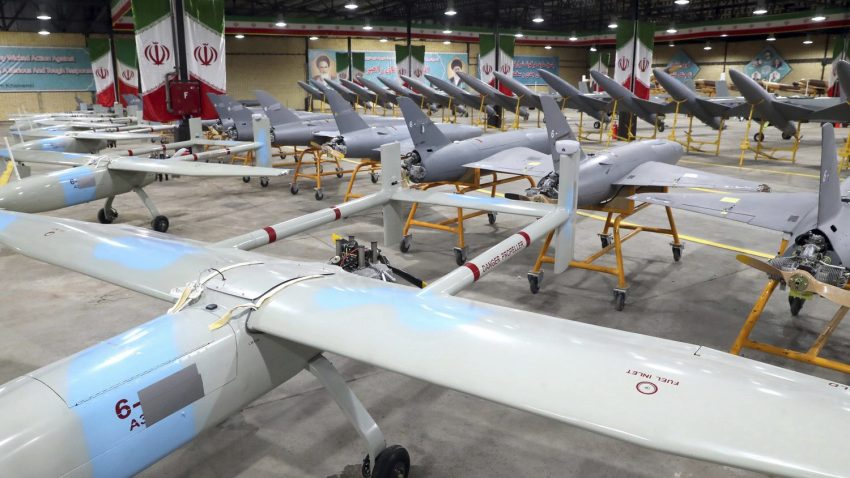Israel’s Targeting in Gaza Highlights the Dangers of AI-Driven War

When it comes to the quest for decisive military advantage, every generation develops its own supposed miracle technology. Over the past 100 years, tanks, submarines, aircraft and nuclear weapons were each initially presented as possessing unique capabilities that could permanently eliminate security threats.
In the face of another round of technological adaptation in the 21st century, militaries have begun to embrace Artificial Intelligence as the latest silver bullet that can solve every challenge they encounter. This trend, and its pitfalls, has been on prominent display over the past six months in Gaza, where the Israeli military has used AI-driven models for its targeting decisions, with a devastating impact on the civilian population in exchange for limited strategic results. But the origins of AI’s emergence as a false panacea date back much further.
The Roots of Digital Technology in Warfare

Efforts to harness computerization have shaped a quest for total security among global powers and smaller states for decades. Though Washington, Moscow and Beijing still set the pace in cutting-edge research, every other state with access to an advanced defense industrial base has initiated projects focused on tech innovation in warfare and intelligence-gathering.
The recent cascade of security-oriented AI projects that have emerged in dozens of states are the product of a decades-long effort, rather than a sudden revolution in military affairs. In the 1960s, the U.S. Department of Defense under then-Defense Secretary Robert McNamara used the most advanced mainframe computers that could be supplied by IBM to analyze data about the war in Vietnam. Today, the latest developments in AI research are swiftly marketed to friendly militaries by OpenAI, Microsoft and other 21st-century tech behemoths.
The War in Ukraine Is a Gamechanger for Drones and UAVs

The way in which machines, not humans, are increasingly fighting wars can be seen beyond just the impacts of AI. The war in Ukraine has led to a fundamental shift in public perceptions of the military utility of drones. Until 2022, most people saw drones either as a more or less harmless toy with certain implications for privacy on one hand, and as a complex military system that roams the skies searching for terrorists on the other.
The proliferation of drones and the accompanying high-resolution videos of their exploits in Ukraine has blurred these borders. Modified commercial drones easily available in most electronics stores across the world are dropping grenades on tanks and dismounted troops, while acting as accurate spotters for pinpoint artillery strikes. Their larger military counterparts are wreaking havoc on supply convoys and armored columns, and they allegedly even contributed to the sinking of the Russian missile cruiser Moskva. And drones are now being employed in the escalating regional conflict surrounding the Israel-Gaza war.
U.S.-Made Drones Were the Standard for Two Decades

Prior to the war in Ukraine, the armed drones that had seen the most action in combat were the U.S.-made MQ-9 Reaper and its predecessor, the MQ-1 Predator. For almost two decades, the U.S. used these two drones to target suspected terrorists in Pakistan, Yemen and Somalia, and in more traditional combat roles in Afghanistan and Iraq. Because of their apparent success, Washington’s allies and partners—such as the U.K., Italy, the Netherlands, France and the United Arab Emirates—sought to acquire these drones. However, as a signatory to the Missile Technology Control Regime, or MTCR, which limits the sale of weapons like medium-altitude long-endurance drones, the U.S. had resisted exporting them, except to a handful of European countries.
China and Others Are Now Racing to Develop and Sell Armed Drones

To meet the supply gap created by the U.S. restrictions, a number of countries who are not signatories to the MTCR are investing heavily in manufacturing military drones, including China, Turkey and Iran. For example, beginning around 2016, China quite suddenly become a key exporter of armed drones, making armed drones are a growing proliferation concern.
Between 2008 and 2018, China exported drones to 13 countries, including Egypt, Saudi Arabia and the UAE. The UAE, having been denied the purchase of drones by the U.S., instead bought the Chinese-made Wing Loong, which it has used against Houthi rebels in Yemen. Jordan, which had also unsuccessfully sought U.S.-made drones, similarly bought Chinese drones as an alternative.
Turkey Has Become a Drone Superpower

In the opening days of Russia’s invasion of Ukraine, the Turkish-made Bayraktar TB-2 drone emerged as one of the war’s unlikely heroes. When Russia’s invading tanks became mired in the mud, they were perfect targets for aerial bombing. In this case, the bombing was carried out not by manned aircraft but rather by unmanned TB-2s that Ukraine had purchased from Turkey in 2019. Tank after tank, as well as the soldiers in them, became sitting ducks.
The drones’ tactical success put Turkey on the map as an arms exporter. Turkish arms exports surged past $4 billion in 2022, up nearly 36 percent from 2021, with exports accounting for 98 percent of the arms contractor Bayraktar’s sales. More than 27 countries have bought the TB-2. Bayraktar reports a lag time of three years for new deliveries of the TB-2, and Ukraine has partnered with Bayraktar to build a plant on Ukrainian soil as a way to address the current surge in demand.
Iran Has Developed Increasingly Accurate Strike Drones

Iranian efforts to develop unarmed camera-equipped surveillance drones date back to the Iran-Iraq War. During the 2006 Lebanon War, Hezbollah revealed a previously unknown capability in the form of a single-use strike drone equipped with 30 kilograms of explosives. Iran, it seemed, had discretely developed a more accurate alternative to its then-highly inaccurate ballistic missiles.
By the early 2020s, Iranian proxies in Iraq and Syria began to operate single-use strike drones, thereby suggesting that Hezbollah, and possibly Iranian proxies in Gaza, have also received such systems.
Advances in AI and Drones Are Converging

Until now, most drones used in war have been pre-targeted by humans or piloted remotely by humans. But advances in artificial intelligence and drone technology are likely to lead to drones, and “swarms” of networked drones, capable of choosing their own targets. Ukraine’s digital transformation minister, Mykhailo Fedorov, told the Associated Press in January 2023 that fully autonomous drones are a “logical next step” in the evolution of warfare and that his country had been researching such capabilities. Indeed, it is no secret that U.S. and European defense contractors, not to mention companies and governments in China and elsewhere, are working to develop fully autonomous weapons systems.
Some Are Seeking an International Ban on ‘Killer Robots’

For more than a decade, some activists—including scientists, scholars, engineers, Nobel laureates and a wide-ranging network of civil society organizations—have been seeking an international treaty to ban autonomous weapons, or so-called “killer robots.” Amid accelerating developments in autonomous weapons technology, that effort continues.
In December 2021, the United Nations held a conference in Geneva which was supposed to advance these efforts, but participating governments could come up with little more than an agreement to keep talking. However, advances in military technology are adding urgency to the issue, and time is arguably on the campaigner’s side—if not humanity’s. Surveys indicate that large swaths of the public favor banning the killing of humans by autonomous machines.

